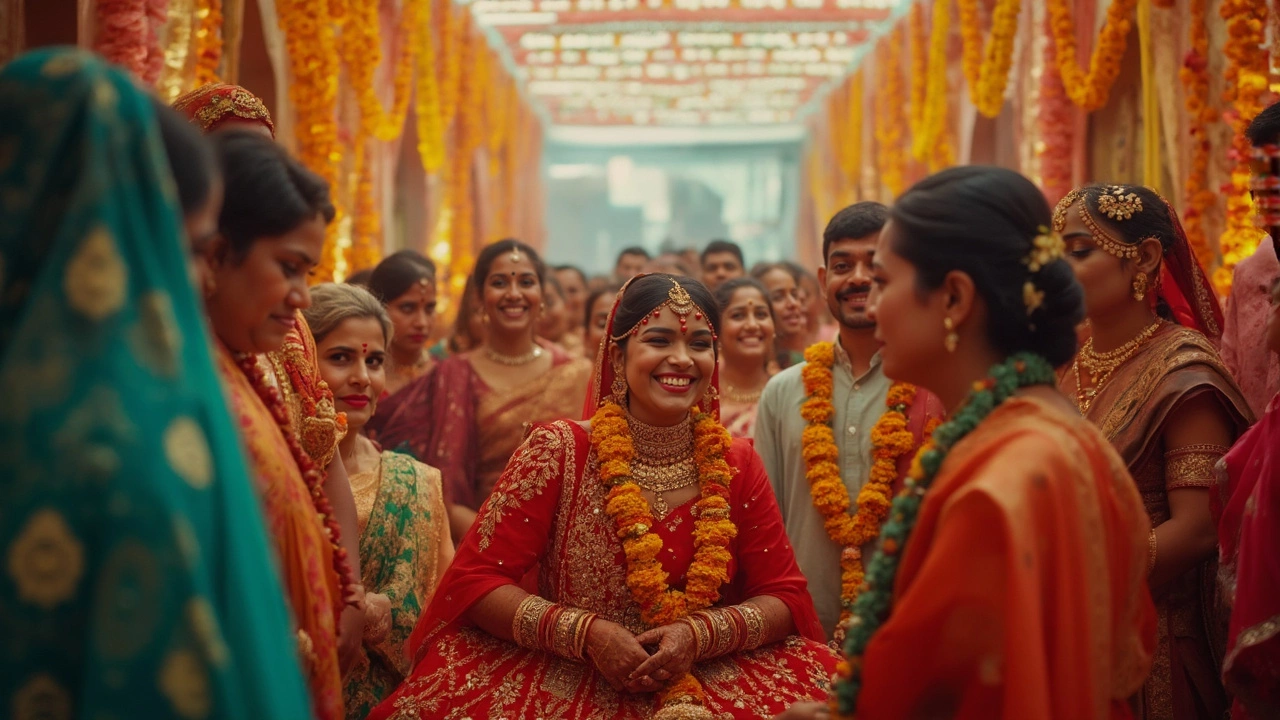Wedding Outfit Ideas: Practical Tips for Brides, Grooms, and Guests
Planning a wedding means figuring out what to wear. Whether you’re the bride, the groom, or a guest, the right outfit should feel comfortable, match the theme, and keep you looking good all day. This guide breaks down the basics so you can pick a look without stress.
First, think about the venue. A temple ceremony usually calls for more conservative clothes – a silk saree or a classic sherwani works well. A beach wedding lets you go lighter; a flowy lehenga or a linen kurta keeps you cool while staying festive.
What Brides Usually Wear
Most Indian brides choose a saree or a lehenga. If you want a traditional vibe, go for a silk saree with gold work. For a modern twist, try a pastel lehenga with minimal embroidery. Whatever you pick, make sure the fabric lets you move. Heavy fabrics can make dancing tough, especially after a long ceremony.
Don’t forget the accessories. A simple gold necklace, earrings, and a pair of bangles can finish the look. If you love sparkle, add a statement maang tikka. Keep the total weight in mind – you’ll wear these pieces for hours.
Groom Outfit Basics
Grooms often choose a sherwani, a waistcoat, or a classic suit. A sherwani with subtle embroidery looks regal without being over the top. For a less formal vibe, a well-fitted suit in navy or charcoal works great. Pair the outfit with a matching turban or a simple stole for a touch of tradition.
Footwear matters too. Traditional jutti shoes match a sherwani, while polished leather shoes are perfect with a suit. Make sure the shoes are broken in before the big day so you don’t end up with blisters.
If you’re a guest, aim for smart-casual. A kurta with a churidar or a saree in the wedding’s color palette shows respect for the event. Avoid white or black unless the invitation specifically mentions it.
Budget-friendly options are easy to find. Many local tailors offer ready-made designs that you can alter for a perfect fit. Online stores also have sales around wedding seasons, so you can get a high‑end look without splurging.
Lastly, plan your outfit timeline. Start fittings at least two months before the wedding. This gives time for alterations and ensures you get the right size. Keep a spare set of clothes for the reception if you want to switch styles later.
With these simple pointers, you can pick a wedding outfit that feels right for the ceremony, the venue, and your personal style. Enjoy the process, and focus on the celebration – the perfect outfit will follow.
